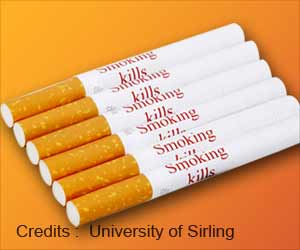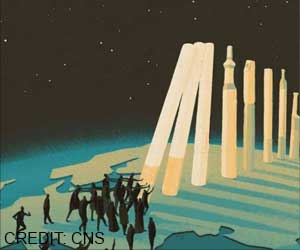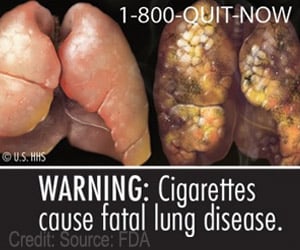Increased production in the poppy fields and methamphetamine factories of Myanmar's remote borderlands is raising fears of a drug crisis that is luring young people into drug addiction.

Although there are few available statistics, residents and aid workers in Shan State's bustling capital of Taunggyi say increasing numbers of young people are succumbing to the plethora of opiates and synthetic drugs produced locally.
The drug of choice is known as 'formula' -- a potent cocktail of cough medicine and opium that is taken as a drink -- although methamphetamine and heroin are also popular.
Addicts get high at university campuses, homes and even openly in some teashops, while residents report surging drug use during local festivals.
"It is like they can be popular only if they use drugs," said Taunggyi resident Ye Naung, 33, of a new and growing generation of young users.
Myo Aung Zan of the HIV/AIDS Asia Regional Program (HAARP) said "hero" worship of older addicts had created this burgeoning group of users -- many still teenagers.
Advertisement
A 2011 UN report on the Asia-Pacific region found methamphetamine use rose in Myanmar each year since 2005, while heroin and opium showed a declining trend -- although there has never been comprehensive research on the subject.
Advertisement
"I would strongly suspect that this is an underestimate but in the absence of any data on the situation it is hard to say for certain," United Nations Office for Drugs and Crime country director Jason Eligh told AFP, adding his organisation is planning the first national study.
"If you visit different communities in this country where there are drug users... you will probably find them saying that they know more people that use drugs," he said.
Myanmar last year grew 23 percent of the world's opium, second only to Afghanistan, with UNODC figures showing the area cultivated for poppy increased every year from 2007 to 2011.
In response to its drug problem, the US last week kept Myanmar on its annual drug trafficking "black list" accusing the country -- along with Bolivia and Venezuela -- of having "failed demonstrably" to fight the drug trade.
The country is also facing a surge in the production of methamphetamine -- popular in the region in a tablet form known as "yaba" that is often crushed and smoked -- made in small factories that are difficult to detect.
Methamphetamine "has a long history in the region", Eligh said, explaining it is popular among people working long hours such as bus drivers, fishermen and factory employees.
Drug seizures in Myanmar have increased, with more than 1.4 million amphetamine pills and 116 kilos of heroin captured in July alone.
A police official in the drugs control department, who asked not to be named, told AFP in August the narcotics problem was "very dangerous now" and getting worse, with stimulant use spreading in Yangon and the border regions.
Thailand has also turned up diplomatic pressure on its neighbour -- blaming armed groups on the border for a flood of drugs into the kingdom.
The drugs trade is closely linked to Myanmar's long-running insurgencies, with ethnic minority rebels widely thought to use drug profits to fund operations.
In May the government signed a deal to wipe out opium and other drug production in Shan State with a number of rebel groups currently engaged in ceasefire talks.
But authorities still face the "huge development challenge" of providing an alternative income for the estimated quarter million households that grow poppy, according to Eligh.
He says the government estimates that over the next four years alone it will need half a billion dollars to support poor farmers in opium areas.
The drug issue also dovetails with a wider problem of chronic neglect of social care under the former junta, while the UN estimates that over a third of injecting drug users have HIV.
Over-stretched authorities give little help to addicts in Taunggyi, according to HAARP, and fail to provide heroin substitute methadone.
Drug-takers said the lack of methadone was helping to embed a culture of unsupervised substance abuse among the young.
"It will be harder to control them," said Sai Kyaw, a gaunt but chatty heroin addict whose name AFP has changed to protect his identity.
Sai Kyaw believes he contracted HIV from sharing needles due to a widespread superstition that if you take your own syringe to buy heroin, the dealer would not have any drugs.
After experimenting with drugs when he was 15, he started injecting heroin four years later.
Now 32, Sai Kyaw says his life has been marred by addiction, illness and prejudice.
"My father always told other relatives not to give money to me because it was like nurturing a poisonous plant," he said.
Source-AFP












